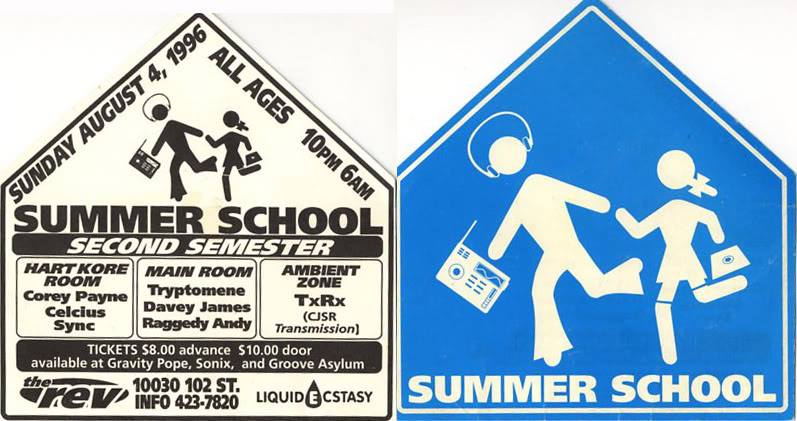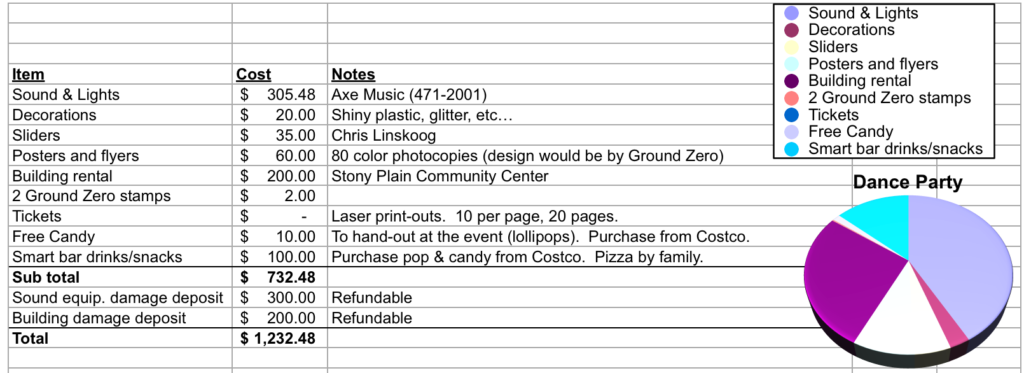What raves and software have in common
In high school, I got into the Edmonton rave scene.
It was the 90s. Promoters would rent out warehouses, gyms, halls, and put on all-night dance parties.
At the time, the only way to hear about a rave was to see a poster or get a flyer at the local record shop. I particularly remember this one:?

For promoters, there was quite a bit of risk in putting on an event. The upside could mean thousands of dollars in profit, but if no one showed up, you would be on the hook for all the expenses (sound system, DJ flights, and venue costs).?
In grade 12, I put on a rave in my hometown
My buddy, Adrian, and I wanted to bring that big-city rave experience to our little town of 7,000 people.
It was 1998, and I was 17 years old. By some miracle, I still have the Word and Excel files we used to plan the event. Our budget was $1,232.48:?

We knew if we sold 200 tickets, at $8 each, we'd be fine. But we wanted to minimize our risk.
So here's what we did:
We printed posters, flyers, and 200 tickets. Total cost: $60.
We "hired" tickets reps in both of the local high schools.
They were each given 20 tickets and a bunch of flyers. If they sold all 20 tickets, they got to come to the event for free.?
If you want a good laugh, check out Ticket_Representative_Info.PDF. I can't believe I was this detailed! ?
Listen to me coaching our teenaged sales reps:?
Be enthusiastic! If you sound excited about the event people will be more likely to come. Be outgoing, make it sound like they're missing out on the biggest party of the year. Try to paint a mental picture for them (huge lights! huge sound! lots of girls!).
It worked.
Within a few weeks, we sold all 200 advanced tickets.
What we learned about sales and marketing
For our rave, Adrian and I minimized our risk by:
Printing posters and flyers to build anticipation.
Getting influencers in the high schools to spread the word.
Pre-selling 200 tickets.
There's no greater asset than a list of people who are signed up and waiting for you to open the doors.
The night of the dance, hundreds of people crowded outside. Even though we still had to deliver a great experience, we knew we'd cleared the hardest hurdle: getting people interested in our thing.
How does this relate to your startup idea?
Before you invest a bunch of time and money building something, minimize your risk by:
Creating a landing page to build anticipation.
Finding distribution channels (influencers, social, SEO) to get traffic for your landing page.
Having a waiting list (or even pre-selling your product).
Because there's no greater feeling than a list of people who are signed up and waiting for you to open the doors.
Minimize your risk! Create your landing page before you start coding.
Cheers,
Justin Jackson
@mijustin